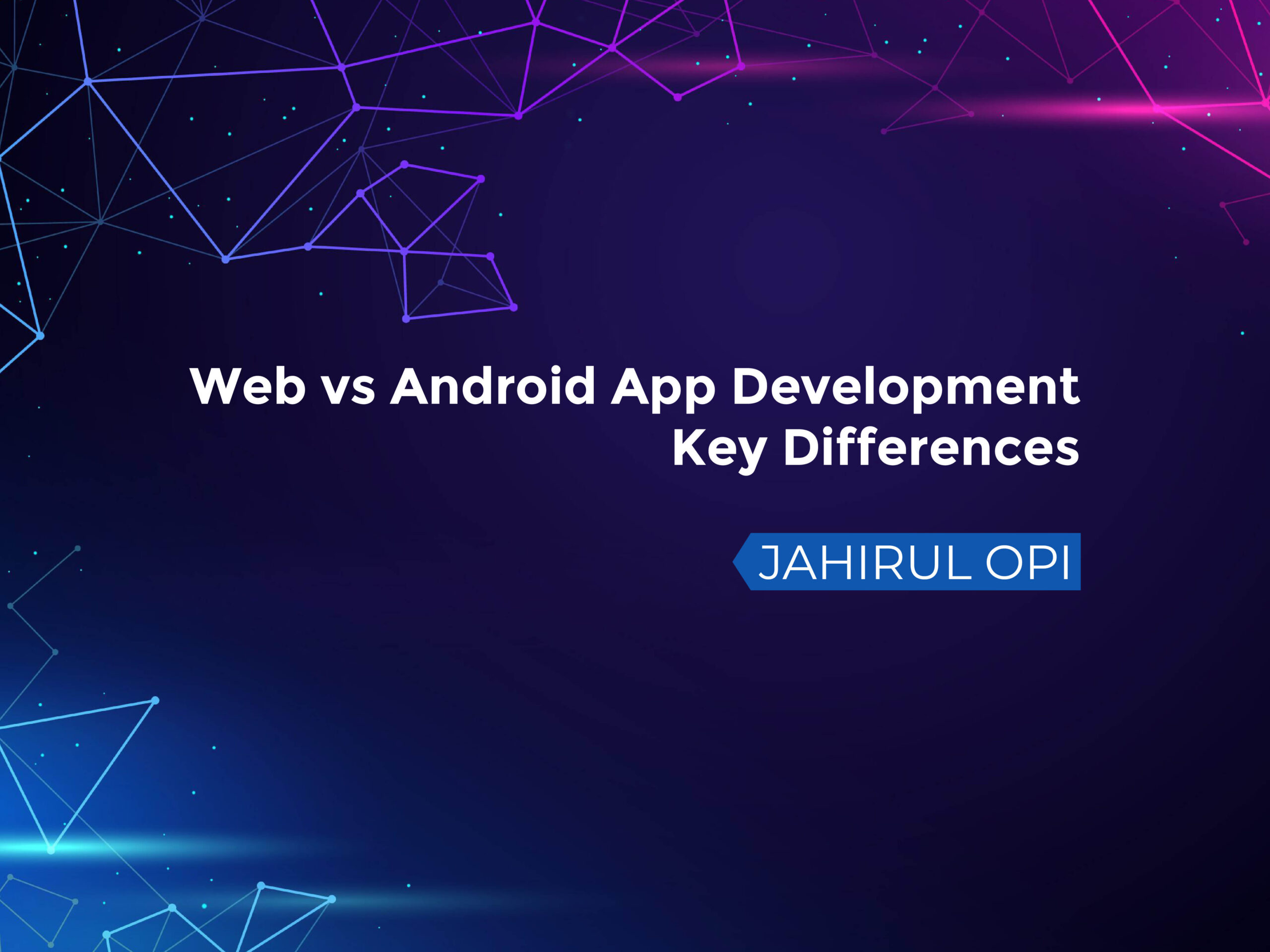Once you grasp Android development, it’s helpful to compare it with the web to appreciate each platform’s strengths.
| Aspect | Android App Development | Web Development |
| IDE | Android Studio (Java, Gradle) | VS Code, WebStorm (HTML/CSS/JS) |
| UI Design | XML layouts + Java logic | HTML/CSS + JavaScript |
| Build Tool | Gradle | Webpack, Vite |
| API Tools | Retrofit, OkHttp | Axios, Fetch API |
| Deployment | Google Play Console (signed APK/AAB) | Instantly via Netlify, Vercel |
| Device Access | Full (GPS, camera, sensors) | Limited via browser APIs |
| Offline Support | Full (Room DB, cache layers) | Partial (Service Workers) |
| Error Handling | Try/catch with lifecycle awareness | Console logging, try/catch in JS |
| Performance | Native, optimized for Android | Dependent on browser & network |
| Updates | Manual versioning, user-controlled | Auto-refresh, always the latest |
Conclusion
Android development using Java and Android Studio offers a tightly integrated, native experience that gives developers granular control over UI rendering, API communication, and device capabilities. While web development excels in reach and fast iteration, Android apps provide a richer, more immersive user experience with deeper hardware access and smoother offline support.
Mastering Android Studio, XML-based UI, and tools like Retrofit positions you to build powerful, production-ready mobile apps that stand out—whether you’re creating utilities, social platforms, or data-driven services.



